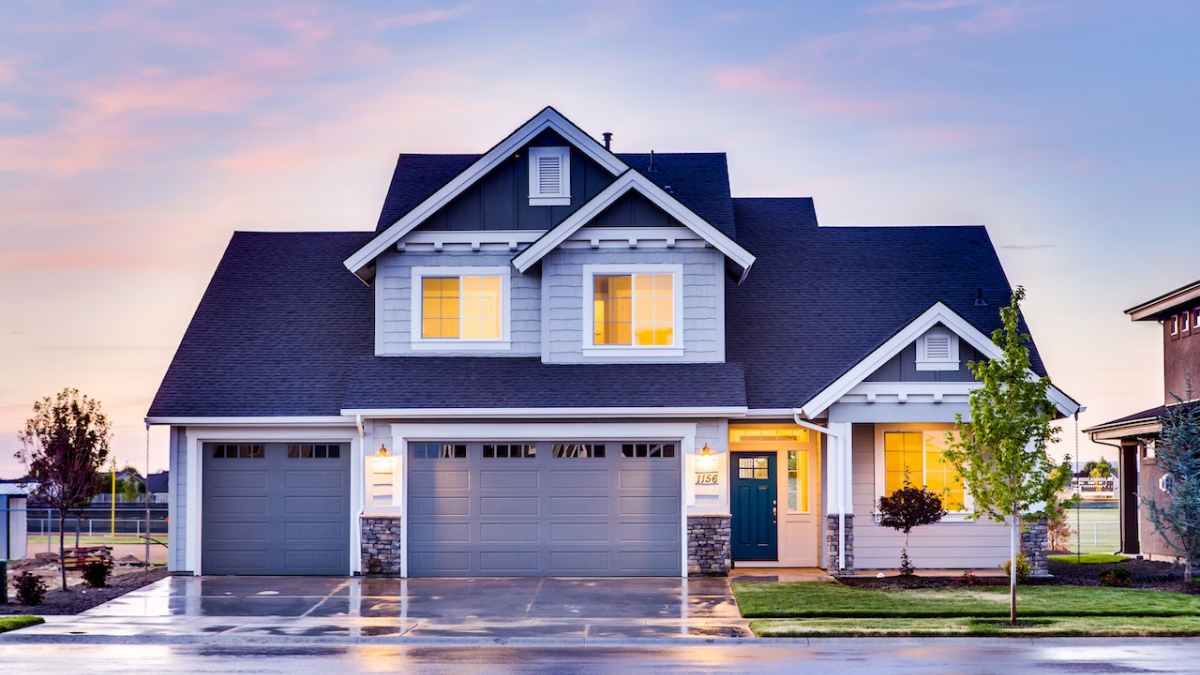The term “real estate photography” refers to a process in which a photographer captures images of an individual property for the purpose of selling it.
The term solid real estate photography is often used to describe professional photographers who specialize in capturing high-quality images of properties that are meant for sale.
The term is also sometimes used to describe photographers who have been trained by professionals and have the skills required to create high-quality images of properties that are meant for sale.
Contents
10 Reasons to Take Solid Real Estate Photography
The quality of the photos can make or break a property. It can help you sell your property faster and for more money. It is important to take solid real estate photography in order to make sure that your property is well-represented. Learn about the benefits of taking solid real estate photography and how it can help you sell your property faster.
1. The photos help with marketing:
2. The photos allow you to show off your property online:
3. The photos provide evidence in case of dispute:
4. The photos are used for social media posts:
5. Photos are used for websites and blogs:
6. Photos are used in advertisements, brochures, flyers, and other marketing materials:
7. The quality of the photo helps with the sale price of the property:
8. Photos help you get more views on properties listed on real estate websites or social media pages:
9. Photos get you more views on properties listed on real estate websites or social media pages:
10. Your clients love seeing your work in action
Ten Reasons to Shoot with Diffusion Filters
There are many reasons to use diffusion filters, but the most important one is that they can help you create a unique and beautiful image.
Diffusion filters are a type of filter used to create an image with a light and airy feel. They are designed to reflect the light in such a way that it appears as if the image is floating in space.
We will explore 10 reasons why you should shoot with diffusion filters.
1. They give your images a unique look
2. Diffusion filters can be used for portraits, fashion, and beauty shots
3. They create a more natural-looking light source
4. Diffusion filters can be used on any surface or object
5. They create beautiful bokeh effects
6. You can make them look like they are coming out of the screen
7. Diffusion filters add depth to your images
8. Diffusion filters let you create an artistic shot by adding a certain mood to your photo.
9. It’s easy to use them because they don’t require any special equipment or skillsets
10. You can use diffusion filters for video projects as well as still photography projects
Things You Still Have To Watch Out For If Conducting a Shooting Session With Your Laptop’s Camera
Shooting with a laptop camera is not as easy as it might seem. You still have to be mindful of some things that you might not have thought of before.
1. Your laptop’s microphone will pick up your voice and the sounds you make during the shooting session. You should always make sure that you are aware of what your sound levels are and if they are too loud or too soft.
2. Be careful when using your laptop’s camera in low light conditions, because it can produce grainy images and cause a lot of noise in low light conditions
3. Make sure to use a tripod or some other device to stabilize your footage
4. Make sure that your laptop’s camera has good-quality lenses, otherwise, the footage will be blurry.
Conclusion:
Real estate photography is the process of taking a photograph of a real estate property in order to show it to potential buyers. It is often used as an important marketing tool for real estate agents and other people in the industry.
Real estate photography can be challenging due to its various factors, such as the amount of light available, the changing nature of light and shadows, and the varying angles that are required for different shots.
The most important thing to keep in mind when shooting real estate images is that you need to have a plan before you take your first shot. This includes considering what angle you want your photos taken from, what type of lighting equipment you should use, and where they should be taken from (elevation).

